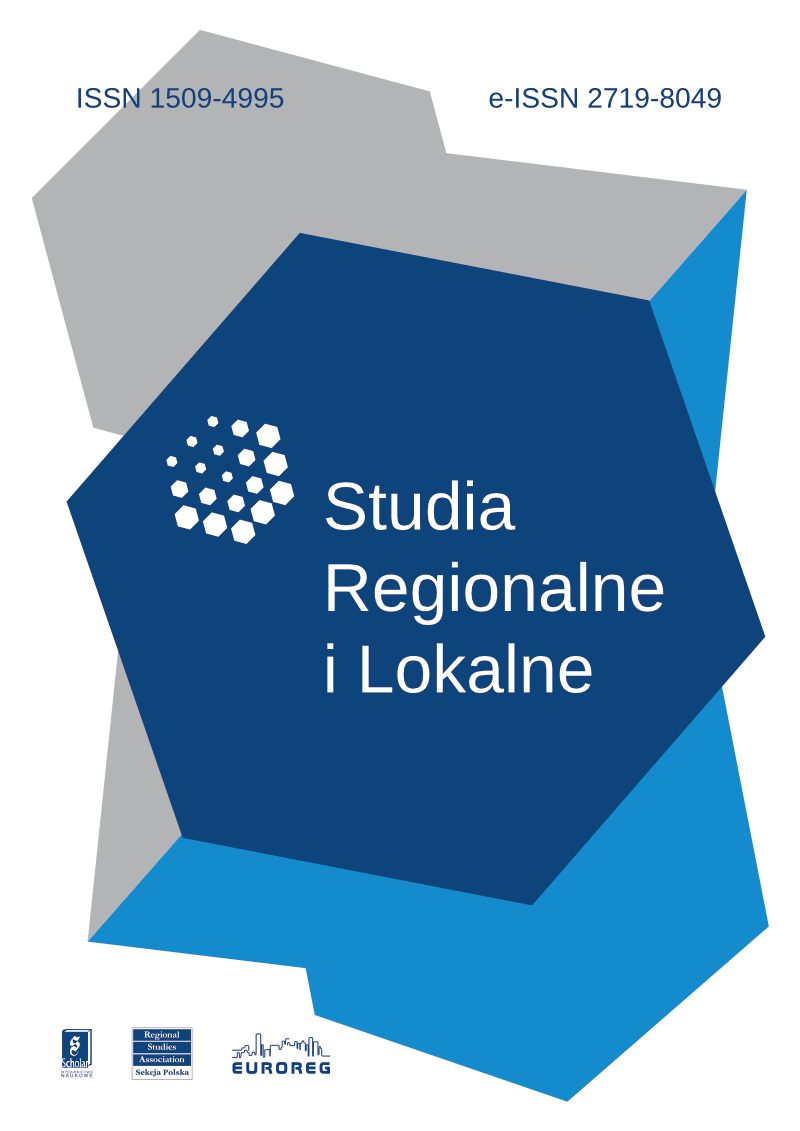Gospodarowanie przestrzenią a polityka równoważenia rozwoju
Zagadnienie równoważenia rozwoju lokalnego wiąże się z wieloma problemami, do których należy m.in. gospodarowanie przestrzenią. Przestrzeń bowiem powinna być traktowana jako jeden z ważniejszych zasobów środowiskowych, a przy tym o charakterze nieodnawialnym. Gospodarowanie przestrzenią warunkowane jest wieloma czynnikami, w tym regulacjami prawnymi oraz aktualnym kształtem paradygmatu urbanistycznego. W związku z wprowadzeniem koncepcji zrównoważonego rozwoju paradygmat ten ulega ewolucji. Jako istotne jego elementy pojawiają się tendencje do ograniczenia rozwoju przestrzennego miasta oraz rewitalizacja istniejących, często zdegradowanych zasobów. Można przy tym mówić o całym szeregu zagadnień wiążących się z problemem rewitalizacji urbanistycznej. Jednocześnie należy uznać, iż rozwój miasta "do wewnątrz" a więc z wykorzystaniem zdegradowanych struktur miejskich stanowić winien alternatywę dla procesu postępującej suburbanizacji i sukcesywnego wkraczania zabudowy na tereny do tej pory niezurbanizowane.
Spatial Management vs. Sustainable Urban Development Policy
Sustaining the development at the local level is associated with many different issues. One of the major ones is the urban growth policy. This can be justified by the importance of space as one of the most important environmental assets, which has to be treated as non-renewable one. At the same time it is necessary to remember that the shape of this policy is influenced by many factors, i.e. legal regulations and current paradigm of urban development. Along with introduction of the sustainable development concept this paradigm evolves. Currently as some of its most important components one should mention urban regeneration of the degraded areas and limiting urban growth to the areas already urbanized. As far as urban regeneration is discussed, it is possible to mention a number of issues that have to be taken into account. At the same time one can regard the inside growth of cities which means reusing degraded areas – as real alternative to the on-going suburbanization and encroachment of urban structures to the areas still remaining its agricultural or natural character.



